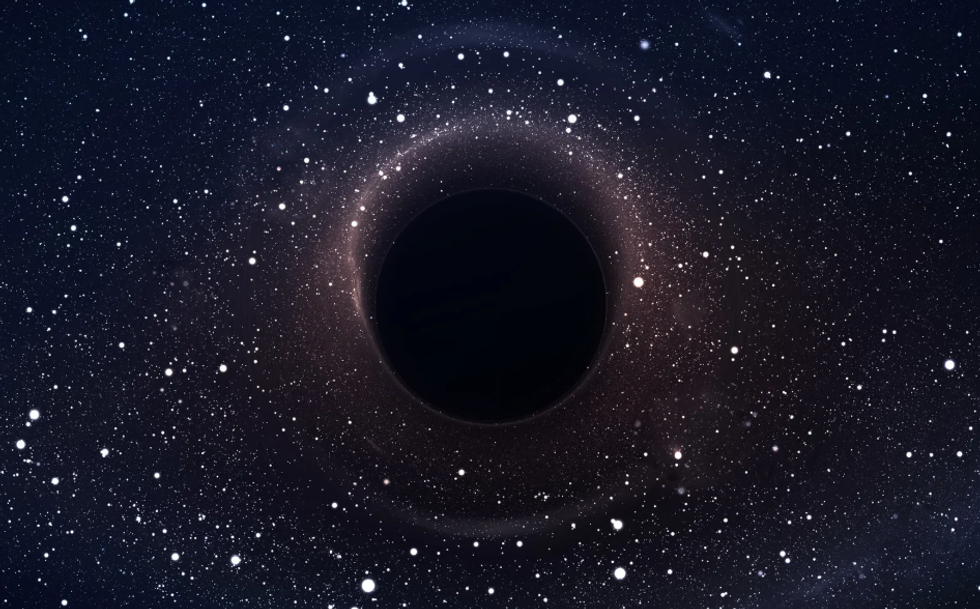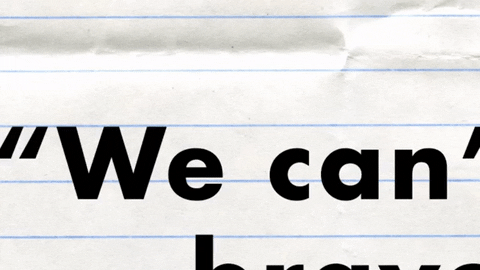Had Willy Wonka had been fascinated by industrial ecology instead of cocoa beans, his factory may have looked something like The Plant, Chicago’s first entirely self-sustaining "vertical farm."
The Plant occupies a former meatpacking plant and slaughterhouse in the Union Stock Yards, transforming a huge brick building that once specialized in bringing red meat to the masses into a green space all about urban farming without waste. The interior looks like something straight out of a scientific-environmental fantasy.
Tenants include aquaponic farms (think vegetables on water beds flourishing under colored UV lights), a tilapia fish farm, beer and Kombucha tea breweries, a mushroom garden, and a host of independent bakers and caterers that will work together in a communal kitchen space. Future plans include living walls and rooftop gardens.
But the most ambitious part of the building is its focus on producing "net-zero waste" in its 93,500-square-foot space. Spent grains from the beer brewery will feed the tilapia. The waste produced by the fish will feed the mushroom garden or be converted nitrates to feed the hydroponic plants. Those plants will clean the water through natural processes and be cycled back into the fish tanks. Taken together, the system will make the building completely self-sustainable. With the help of a few machines, including an anaerobic digester (similar to a waste-eating mechanical "stomach" that produces biogas) and a combined heat and power system, the building hopes to go off the grid within the next four years.
“Industrial ecology—the concept of using other people’s waste as input—is fascinating. In nature, there’s no waste, but there is so much waste in human consumption and development,” says Melanie Hoekstra, The Plant's director of operations. “This is an obvious problem that we can resolve with a building that can do so many things. It’s not a perfect system, but it’s really close.”
The building, which was purchased in July 2010, is currently undergoing renovations by a team of volunteers. The Plant plans to have five tenant spaces ready for lease by the end of this year and the renewable energy system running by next June. The building will be fully functional in 2016, creating 125 jobs in the neighborhood diverting more than 10,000 tons of food waste from landfills each year.
"You can do this in any building—any old manufacturing building as long as there’s space to take heat," Hoekstra says. "The most important thing is using the resources that you already have around you."
Photos courtesy of The Plant and Rachel Swenie
[youtube]https://www.youtube.com/watch?v=zMBxJTQqnRI
















 Representative Image: It take a special kind of heart to make room for a seventh child
Representative Image: It take a special kind of heart to make room for a seventh child  Representative Image: It take a special kind of heart to make room for a seventh child
Representative Image: It take a special kind of heart to make room for a seventh child 
 Visualization of a black holeImage via Canva
Visualization of a black holeImage via Canva

 Speaking in public is still one the most common fears among people.Photo credit: Canva
Speaking in public is still one the most common fears among people.Photo credit: Canva muhammad ali quote GIF by SoulPancake
muhammad ali quote GIF by SoulPancake

 Let us all bow before Gary, the Internet's most adventurous feline. Photo credit: James Eastham
Let us all bow before Gary, the Internet's most adventurous feline. Photo credit: James Eastham Gary the Cat enjoys some paddling. Photo credit: James Eastham
Gary the Cat enjoys some paddling. Photo credit: James Eastham James and Gary chat with Ryan Reed and Tony Photo credit: Ryan Reed
James and Gary chat with Ryan Reed and Tony Photo credit: Ryan Reed